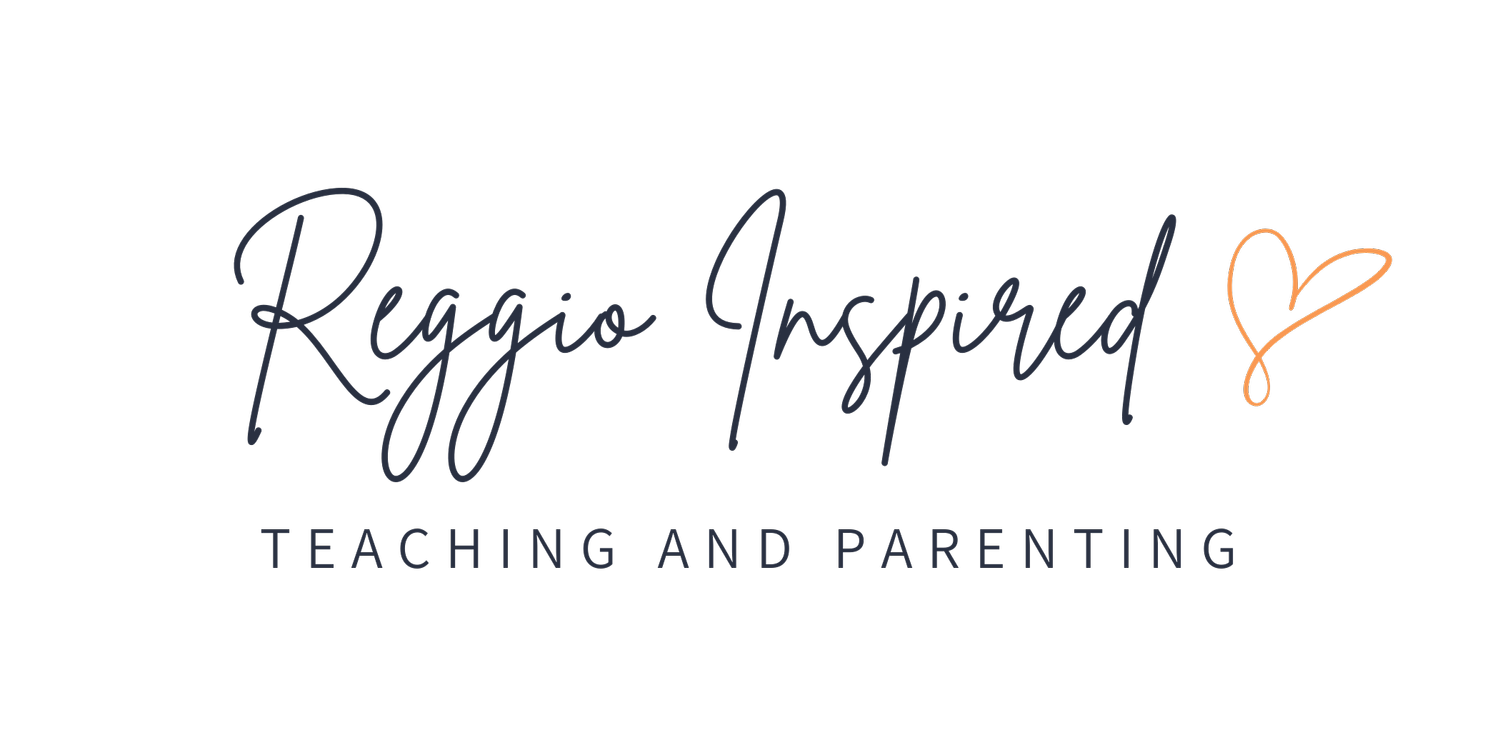'Image of the Child'
In the Reggio Emilia preschools each child is viewed as infinitely capable, creative, and intelligent. The job of the teacher is to support these qualities and to challenge students in appropriate ways.” -- Louise Boyd Cadwell
The “Image of the Child’ is one of the foundational ideas of the Reggio Emilia philosophy. Loris Maliguzzi’s (first head of Reggio Emilia’s early childhood centers) defines ‘Image of the Child’ as:
“The child is called the ‘rich’ child. But not ‘rich’ materially. Rather ‘rich’ in potential, strong, powerful, competent and, most of all, connected to adults and other children. It is a contrast to some other common images of the child as lacking, passive, acted upon, or following a predetermined path set out by adults and/or innate development. The ‘rich’ child is an active learner, seeking the meaning of the world from birth, a co-creator of knowledge, identity, culture, and values. A citizen, the subject of rights not needs and born with ‘a hundred languages.’ The theory of the hundred languages of childhood refers to the different ways children (human beings) represent, communicate, and express their thinking in different media and symbolic systems. These many possibilities range from mathematical and scientific languages to the many poetic or aesthetic languages expressed through, for example, the use of music, song, dance, or photography” (Moss, 2010).
In our Reggio-Inspired courses and book, we dive further into ‘image of the child’ and offer ideas on how to think about this idea in your classroom. Here’s some ideas to kickstart your thoughts and reflection:
Ideas to support a strong ‘Image of the Child’:
Playing with children!
Listening to children and their ideas
Being in the present moment (ideas to stay present: connect to your breath, ground yourself by using your senses - what can you hear, see, smell, feel, and taste?)
Observing the child/children finding out strengths and interests
Taking the child’s perspective and looking at the child’s experience
Having a conversation with a child and asking open-ended questions
Building positive relationships with each child
Looking at the whole child
Learning to wait for children to try out their ideas
Redefining the role of the teacher – ‘teacher as researcher’ and an emphasis on learning
Writing a Learning Story about a child’s experience in your classroom.
Parents and teachers who have a strong ‘image of the child’ are ‘in the present moment,’ not waiting for their child/children to do more, learn more, try harder - everyone embraces ‘the NOW.’
Curious to learn more about how to consider the 'image of the child' in your classroom?
Explore our Reggio-Inspired courses and Reggio-Inspired Teacher Playbook to enhance your grasp of the Reggio philosophy and gain practical insights on how to implement this philosophy in your classroom.
ABOUT THE AUTHORS:
Megan Haynes and Priscilla Patti are two highly experienced and qualified early childhood educators who are passionate about teaching in a Reggio-Inspired way. They firmly believe in its transformative power in early childhood education.The authors share firsthand accounts of their experiences utilizing the Reggio Emilia Approach in Fort Collins, Colorado.


